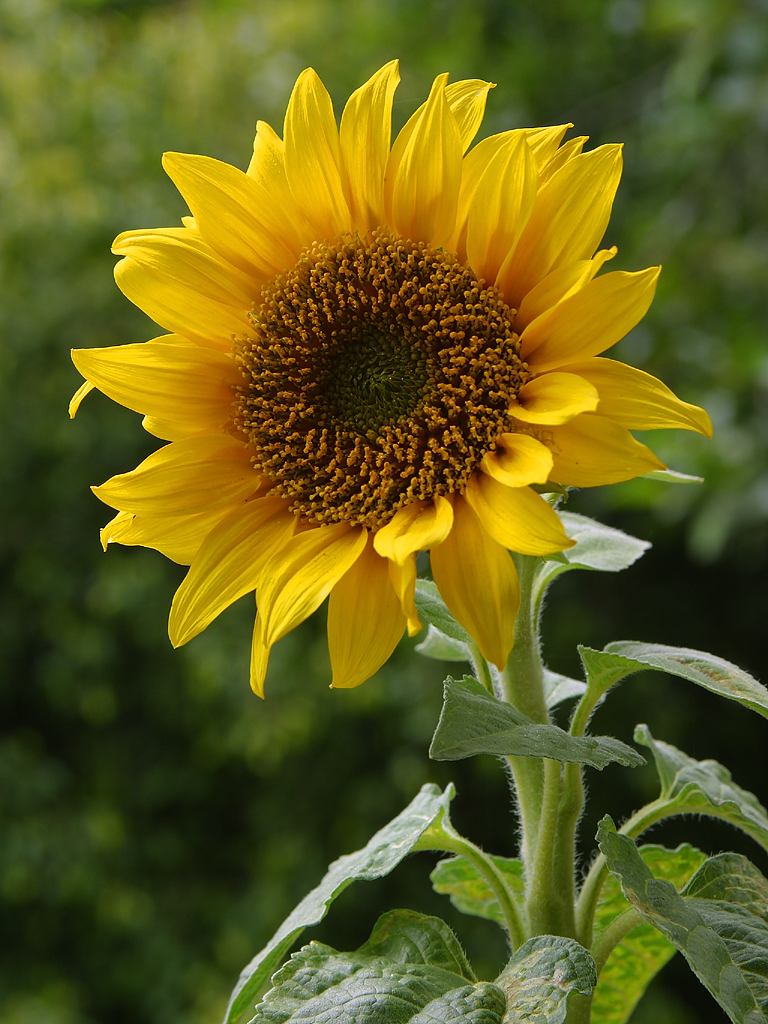

Finding information about species at a particular location (continent, country, region) is almost impossible. Why? Because that information is behind the closed walls of our natural history museums worldwide, usually inside ancient journals, on little paper cards or pinned in huge specimen cupboards. How much of it is digitilised? I wouldn't know, the museums do not readily share their information with the general public, eventhough it is us who pay for the work they are doing.
Unlike the "Vase with twelve sunflowers" by Van Gogh which is worth over $39,921,750, it is difficult to put a price on a species or biodiversity. Why is it easier to put a price on a painting than on the sunflower species, Helianthus annuus? I think that is only once we start releasing the information that naturalists, ecologist and systematists have gathered on the millions of species which we know about, that we will begin to be able to put a value to the diversity of life on this planet and then at last we will be able to protect the planet's biodiversity.
Unlike the "Vase with twelve sunflowers" by Van Gogh which is worth over $39,921,750, it is difficult to put a price on a species or biodiversity. Why is it easier to put a price on a painting than on the sunflower species, Helianthus annuus? I think that is only once we start releasing the information that naturalists, ecologist and systematists have gathered on the millions of species which we know about, that we will begin to be able to put a value to the diversity of life on this planet and then at last we will be able to protect the planet's biodiversity.
No comments:
Post a Comment